Fieldwork
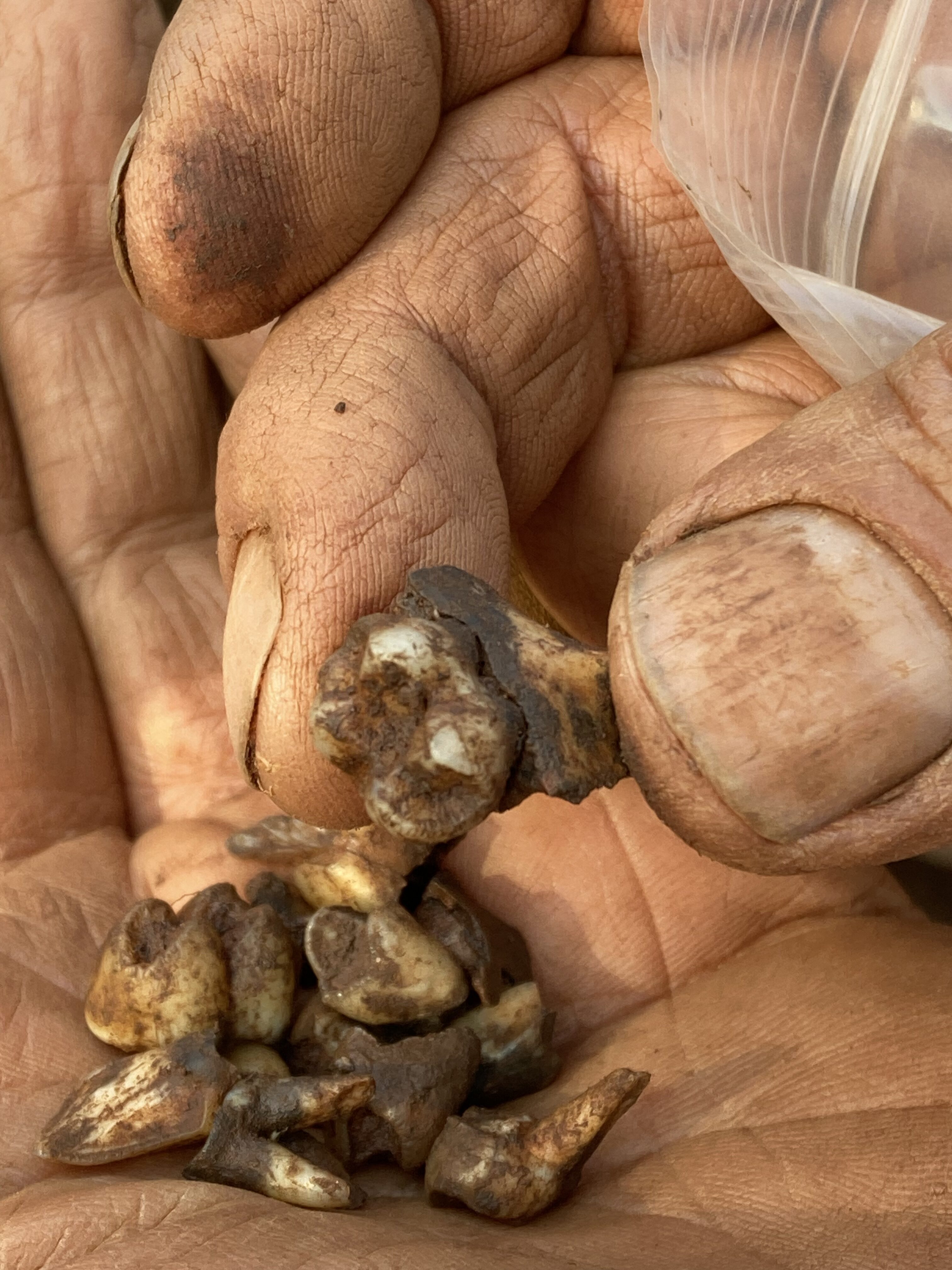
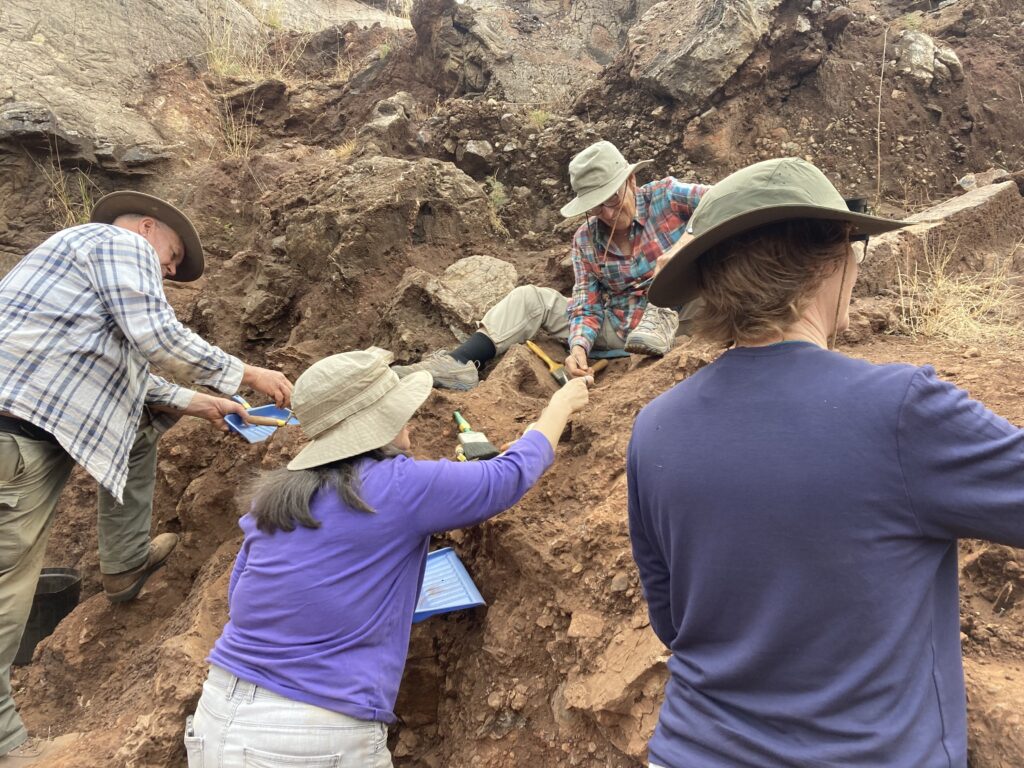
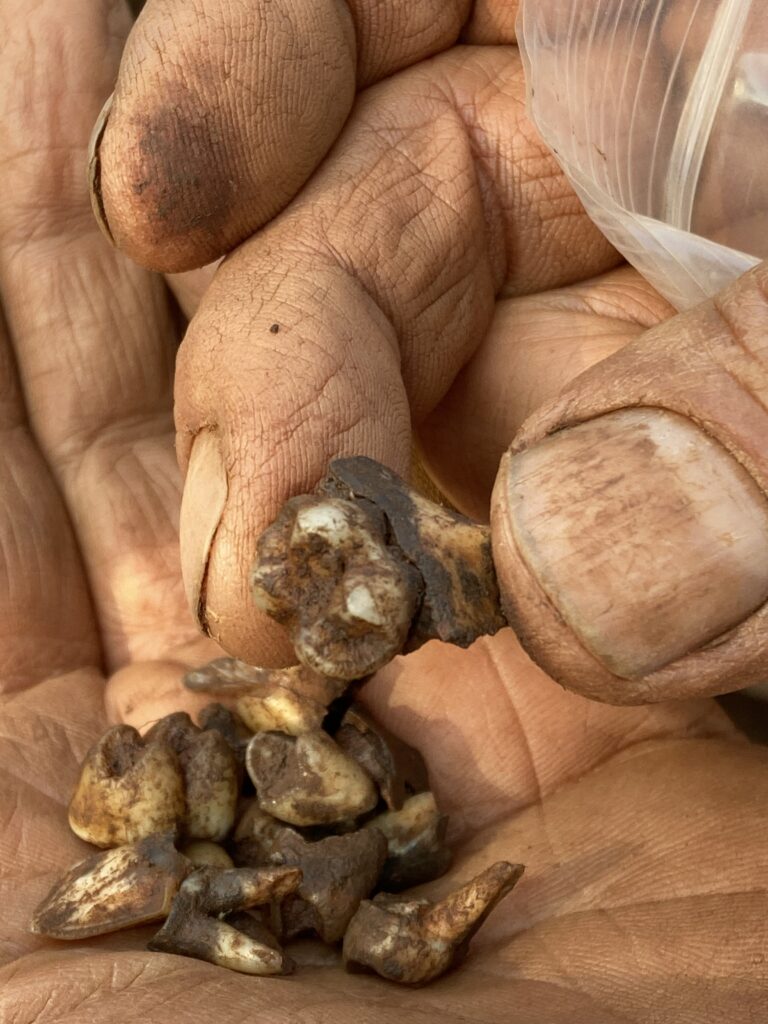
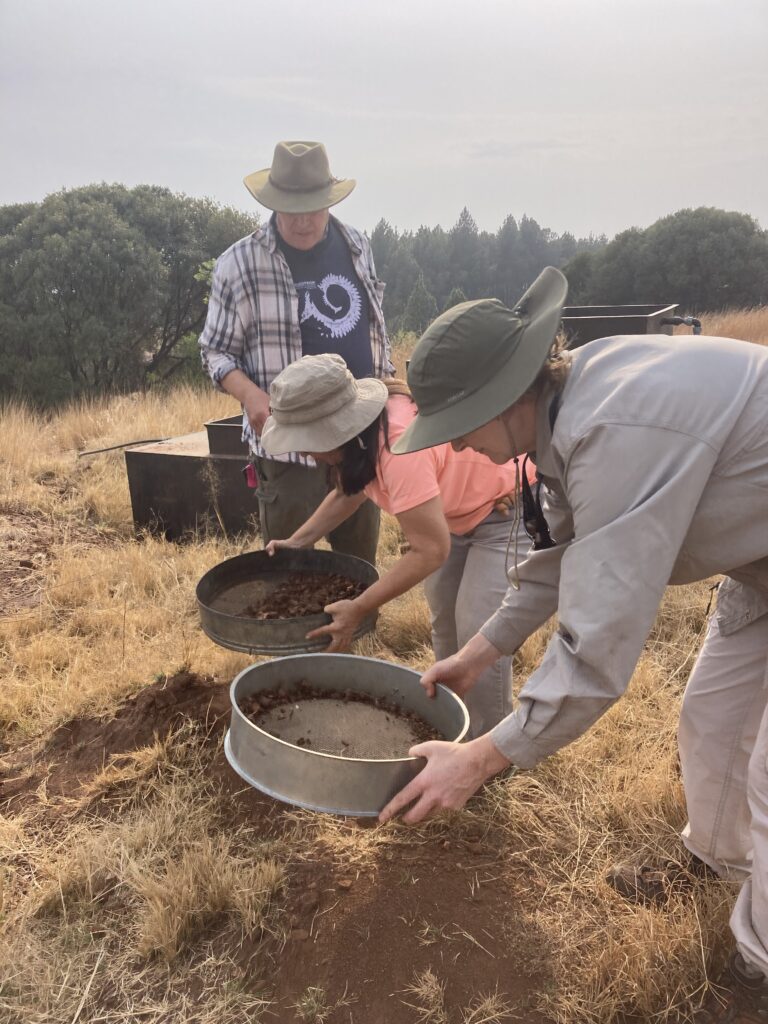
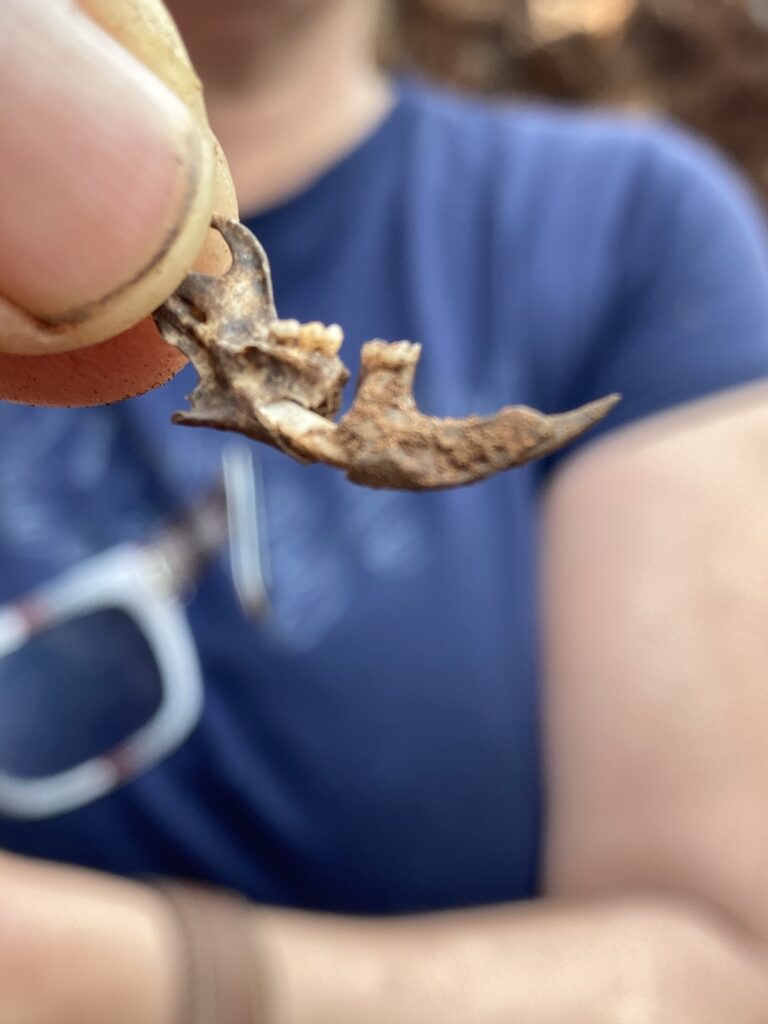
Location: South Africa
Season: May 3, 2024 to September 19, 2025
Session Dates: September 6-19, 2025
Application Deadline: April 30, 2025
Deadline Type: Contact for Details
Website: https://www.ancientodysseys.com/cradleofhumankindhomidddig
Program Type:
Field School
RPA Certified:
No
Affiliation:
WITS University, GENUS
Project Director:
Jose Braga
Project Description:
Cradle of Humankind Human Ancestors Dig in South Africa at Kromdraai and Sterkfontein Caves
The Cradle of Humankind is a world-renowned site for hominid discoveries and is a UNESCO World Heritage site that is considered to be the birthplace of humankind. With over 40% of the world’s human ancestor fossils found here, it’s a must-visit destination for anyone interested in human evolution and human origins. Join us on this incredible opportunity to dig at this location. We’ll journey through time and discover the fascinating story of our origins.
The cornerstone of this once-in-a-lifetime, exclusive itinerary is the distinction of working side-by-side on excavation with esteemed archaeologists José Braga, Matt Caruana and Berhnard Zipfel. These are the scientists leading hominid excavations at the world renowned Kromdraai and Sterkfontein archaeological sites at the Cradle of Humankind in South Africa.
It is at the Cradle of Humankind that thousands of hominid remains from 2 to 4 million years ago have been found. In addition, the remains of habitation from early stone-age, middle stone-age, later stone-age, early and late iron-age are present. All told, these fossils show how our human ancestors lived, what they ate and what animals and plants lived at the time.
We’ll kick off our first day on-site working alongside Prof José Braga who will provide insight into the workings of Kromdraai – a fundamental requirement for comprehending the diverse stages of the excavation process.
Under his supervision, your 6 days of work in the field will encompass everything from excavating fossils to sampling and sieving sediments, meticulous cleaning, and learning about theodolite and photogrammetric measuring.
Your daily tasks will include:
Excavation work takes place each day from 8 a.m. to 4 p.m., with a 1-hour lunch break.
Each participant is equipped with all tools needed, including a trowel, brush, shovel and bucket
Fossils found in situ are carefully located using a laser theodolite to record the exact location of all finds.
All removed sediment will be sieved to make sure that no fossils have been missed.
You will also be invited to work in the on-site fossil preparation laboratory to sort and clean the finds made during the excavation.
All participants who join this dig will be hands-on during the six days of excavation. Kromdraai is very rich in fossils and as a result, each participant has a 100% chance of finding hominid and/or animal fossils with a high potential for discovering significant specimens
Week two takes you to the incredible deep history of Sterkfontein Cave. Here, you’ll be working under the close guidance of Prof. Matt Caruana, where you’ll start out with an underground, in-depth tour of the dark and mysterious Sterkfontein Cave system, and learn about the cave’s geology and paleontology. You’ll see where famous hominid fossils were found, including Mrs. Ples and the Silberberg Grotto where work continues at the site where the almost complete Australopithecus fossil called Little Foot was unearthed.
Your time at Sterkfontein will be spent preparing fossils and sorting microfauna. This important work contributes to the collections, documentation and taphonomy identification process of monkey, antelope carnivore and hominid fossils. It also adds to our knowledge of the creatures that called this site home over the millennia. You’ll also enjoy a lesson in stone tool knapping! Prof Caruana will bring materials and fun to show how our ancestors used the materials at hand to create the stone tools that were used to hunt and prepare food.
Your daily tasks will include:
Sorting microfauna found at the site.
Preparing fossils from the site.
Labwork including taphonomy identification process and documentation.
This is a fully curated travel itinerary that includes all accommodations and most food.
Additional excursions include a trip to the incredible Fossil Vault at the Evolutionary Studies Institute at Wits University and a 2 day Big 5 safari.
Period(s) of Occupation: Early Quaternary (Pleistocene)
Notes:
PRICE DROP! This fieldwork is only open to SIX participants, but no experience is required. Fees start at US $7899 for a shared double. A portion of your fees goes toward funding GENUS Paleosciencies' bursary for black female South African paleontologists! Please review the link provided for full details.
Project Size: 1-24 participants
Minimum Length of Stay for Volunteers: Entire itinerary length
Minimum Age: 21
Experience Required: No experience required
Room and Board Arrangements:
All accommodations and domestic transportation are included, as are most meals.
Academic Credit:
None
The AIA is North America's largest and oldest nonprofit organization dedicated to archaeology. The Institute advances awareness, education, fieldwork, preservation, publication, and research of archaeological sites and cultural heritage throughout the world. Your contribution makes a difference.
Notifications